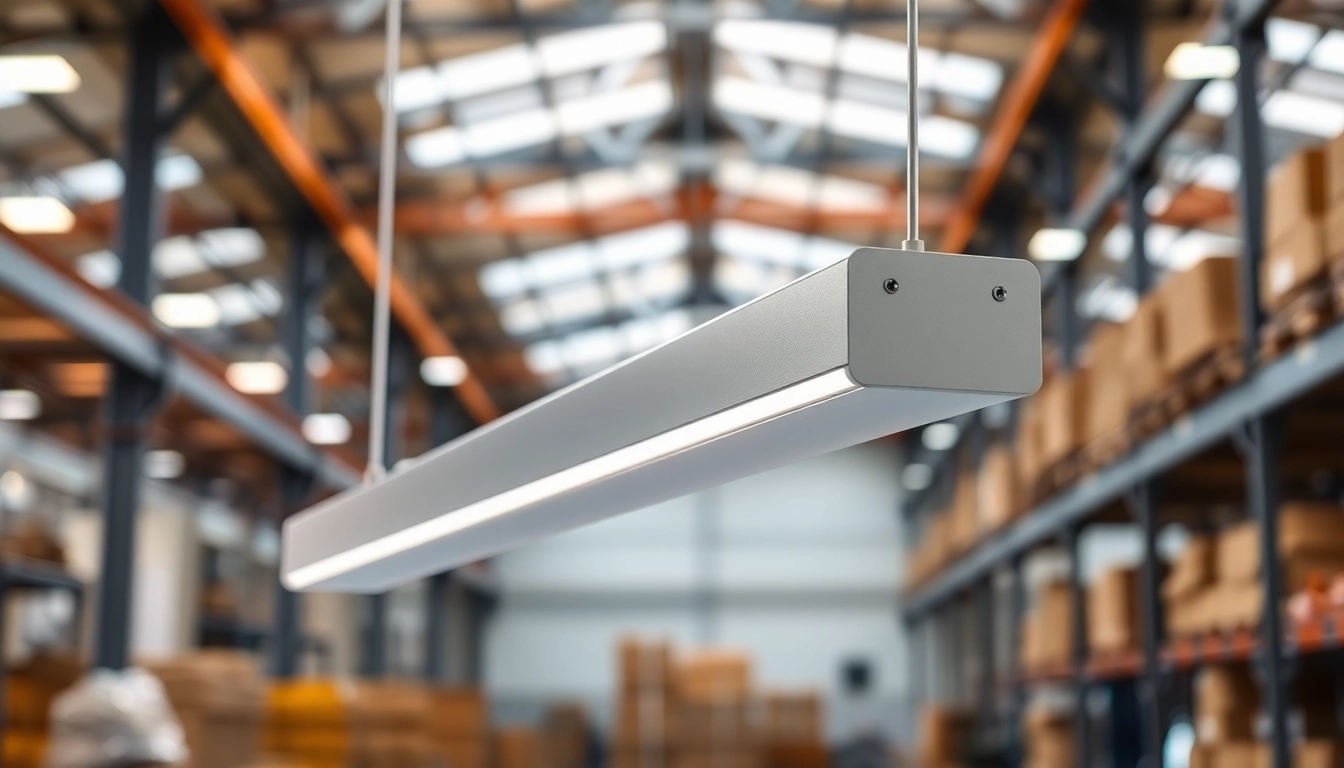
Understanding Competitive Car Part Exchange
Car part exchange is a common practice for those looking to change their vehicle without the hassle of private sales. It allows car owners to trade in their old vehicle as part of the payment for a new car. This process is not just about convenience; when done competitively, it can significantly reduce the overall cost of a new vehicle. Understanding competitive car part exchange can help you secure a better deal and maximize the value of your trade-in.
What is Car Part Exchange?
Car part exchange involves trading in your existing vehicle at a dealership to receive credit against the purchase of another vehicle. This method simplifies the buying process, as the dealership evaluates your car’s value and applies that valuation toward the new vehicle’s price. The trade-in value varies based on several factors, including vehicle condition, age, and market demand.
The Value of Competitive Offers
In the context of part exchange, a ‘competitive offer’ refers to a trade-in value that is favorable compared to alternative options—both within the industry and outside it. Obtaining a competitive offer means you need to research and understand the current market conditions. With the right approach, you can enhance your negotiating position and maximize the amount you receive for your old vehicle.
Common Myths About Part Exchange
The part exchange process is often surrounded by myths that can mislead potential sellers. For example, many believe that dealers always provide a lower price than private sales. However, while private sales can sometimes yield higher prices, part exchange offers offer significant conveniences, including the elimination of waiting times and the risk of dealing with untrustworthy buyers. Understanding these myths is crucial in making informed decisions.
The Part Exchange Process Explained
Steps to Part Exchanging Your Car
The process of part exchanging your car is not as complicated as it may seem. Here’s a step-by-step look at the typical procedure:
- Research Your Car’s Value: Use online valuation tools to understand your car’s worth.
- Visit Dealerships: Gather assessments from multiple dealerships to compare offers.
- Document Your Vehicle: Keep a detailed record of maintenance and repairs to present to the dealer.
- Negotiate: Don’t settle for the first offer—be ready to negotiate based on your research.
- Finalize the Deal: Once satisfied with the offer, finalize the paperwork swiftly.
Preparing Your Car for Valuation
Before you take your car in for a valuation, preparation is key. Clean your car thoroughly, both inside and out, and make any minor repairs that could enhance its appeal. A well-presented vehicle is likely to attract a higher valuation. Gather all pertinent documents, including service history and registration documents. Being organized signifies that you take good care of your car.
Negotiating Competitive Prices
Negotiation is an art that can land you a better part exchange deal. Start by presenting your research on the market value of your car and be prepared to share evidence from valuation tools. Highlight any unique selling points of your vehicle, such as low mileage or recent repairs. Always leave room for negotiation; set your baseline price slightly higher than what you are willing to accept.
Factors Influencing Car Valuation
Current Market Trends
The automotive market can fluctuate based on seasonal demand and economic conditions. Being aware of these trends is essential. For instance, certain models may be more in demand during specific times of the year. Research the current demand for your vehicle make and model so you can leverage that knowledge during negotiations.
Vehicle Condition and Mileage
A vehicle’s physical condition and mileage are pivotal factors in determining its trade-in value. Generally, cars that are well-maintained with lower mileage tend to fetch better prices. Documenting any maintenance or repairs can bolster your vehicle’s worth. Dealerships often have services that assess cars to determine their physical and mechanical state, which will influence their final offer.
Model Popularity and Demand
Some car models hold their value better than others due to brand reputation and popularity. Vehicles from reputable manufacturers or those known for reliability often achieve higher trade-in values. Assess the current market to see which models are trending and align your negotiations accordingly.
Benefits of Part Exchanging Your Car
Convenience and Speed of Transaction
One of the most significant advantages of part exchanging is the convenience it offers. By trading in your vehicle, you save time on listing your car for sale, handling inquiries, and meeting potential buyers. The process can be completed in a matter of hours, streamlining your transition into a new vehicle.
Financial Benefits: Reducing the Cost of Your New Car
Another notable benefit is the immediate financial impact. The value of your traded car is deducted from the purchase price of your new vehicle, which can significantly reduce your upfront costs. This can be particularly advantageous if you’re looking to finance the remaining amount, as it may lower your monthly payments.
Trade-in vs. Selling Private: What’s Best?
Choosing between part exchange and selling privately hinges on various factors such as time, convenience, and financial goals. While private sales can yield higher prices, they often come with challenges, including negotiation stress and potential scams. If ease and swift transition are priorities, part exchange is the preferable option for many consumers.
Enhancing Your Part Exchange Experience
Researching Competitive Valuations
Invest time in researching competitive car valuations before your part exchange. Utilize online valuation tools, visit multiple dealerships, and read reviews about what similar cars are being sold for. The more informed you are, the better equipped you’ll be to understand market dynamics and enhance your negotiation leverage.
Working with Trusted Dealerships
Choosing the right dealership can greatly influence your part exchange experience. Opt for dealerships with positive reputations and transparent practices. Read customer reviews and gather insights about their trade-in process. A good dealership will ensure a fair valuation and provide clarity throughout the transaction.
Tips for a Smooth Transaction
To ensure a smooth part exchange process, keep these tips in mind:
- Be Prepared: Gather all documentation and take photos of your vehicle.
- Stay Flexible: Be open to offers and adjust your expectations based on market conditions.
- Practice Patience: Don’t rush the process; take your time to evaluate offers.
- Ask Questions: Clarify any doubts or concerns with the dealer to ensure transparency.
Conclusion
Understanding the nuances of a competitive car part exchange can be a game-changer in your vehicle buying experience. With the right preparation, research, and negotiation tactics, you can maximize your trade-in value and simplify the transition to a new car. By leveraging market knowledge, the condition of your vehicle, and effective negotiation strategies, you can transform the part exchange process into a beneficial transaction that works in your favor.







